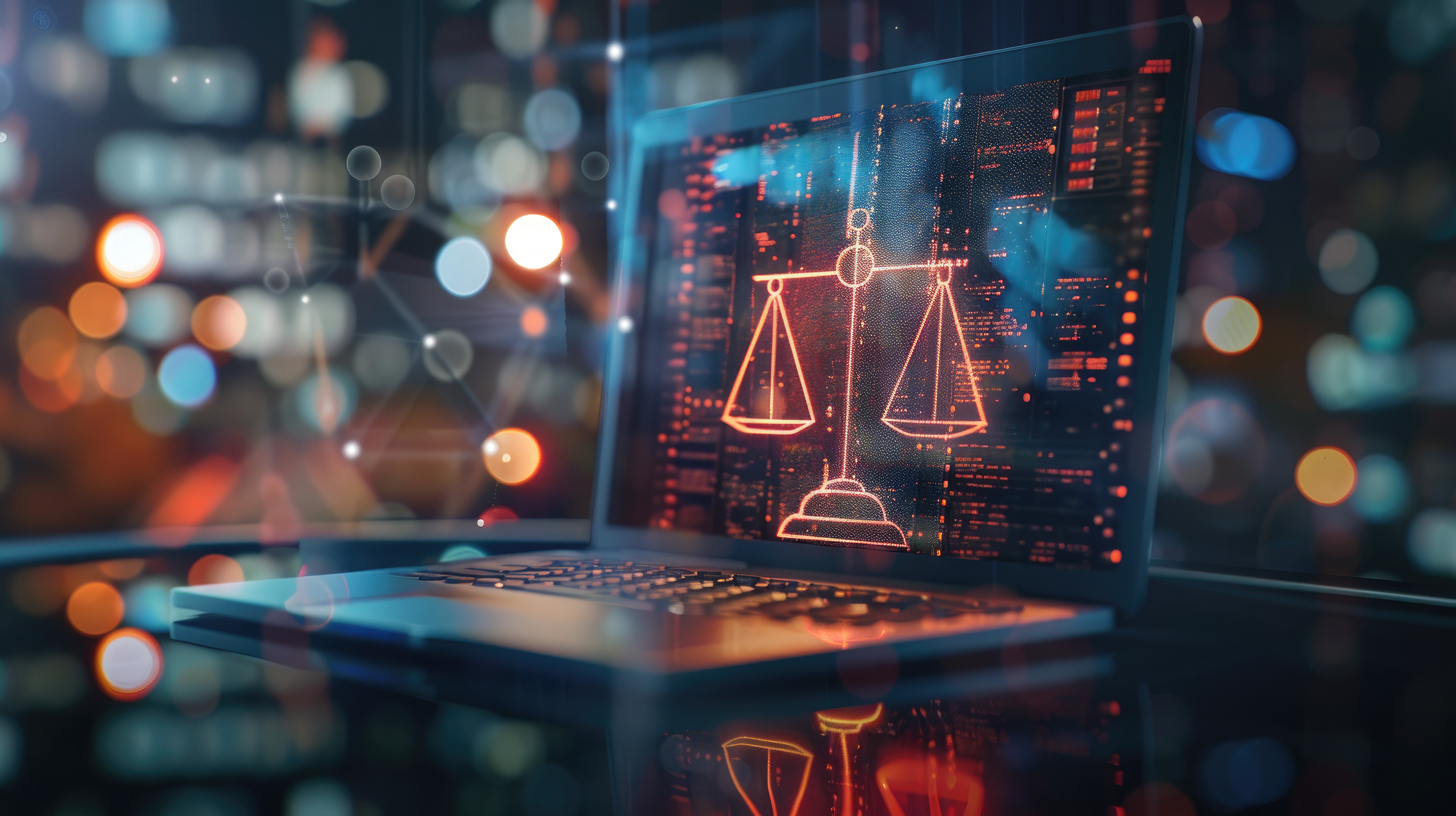“Don’t believe everything you hear and only half of what you see.”
This adage speaks volumes in the age of AI.
The web has truly fulfilled its namesake, so interwoven into our everyday lives that it’s easy to take it for granted. In a few decades since the mainstream use of the internet, we’ve collectively created, written, and uploaded almost every bit of human knowledge.
However, this golden age of the internet is under threat. AI is slowly crawling its way into every section the web. This risks dismantling the complex online ecosystem that has allowed writers, artists, and creators to reach human audiences and forge genuine connections.
The internet used to be a journal of sorts, for people to express what they couldn’t in the real world. Funny enough, there used to be an actual distinction between the “real world” and the “online world”. Now, the lines are blurred. It’s an internet world and we are all just living in it and AI has become the overlord.
This is bound to have implications for individuals and organizations in the coming years.
The AI-fication of the internet
The internet began as a way for researchers and academics to share information quickly and efficiently. In its infancy, it was a domain reserved for the technologically adept–those who knew how to navigate its basic interfaces and limited capabilities.
However, as the internet became more accessible, it opened up a world of possibilities for communication, commerce, and entertainment. The arrival of social media platforms like Facebook and Twitter was a rebirth for the internet and it made its way into our phones and other personal devices. This made the web the central hub for social interaction and information exchange, evolving into an essential tool used by 67% of the world’s population. What social media was for the internet a decade ago is AI now in 2024.
From search engine algorithms and social media feeds to content creation and curation, AI is now everywhere. Today, powerful algorithms driven by AI curate much of what we see online. It has become so mainstream that AI generated content has started to take over genuine, human made content.
From news articles to social media posts, AI-powered tools are churning out vast amounts of content. There’s a good chance that some, if not all, of the content you’re consuming was produced or influenced by AI. This can be helpful for tasks like generating product descriptions or summarizing complex topics. However, the sheer volume of AI-generated content makes it increasingly difficult to distinguish between human-created and machine-produced information. This overload of AI content even has a word for it now: AI Slop. This refers to unwanted AI-generated content that has “polluted” the internet.
This integration happened so quickly that corporations, driven by the relentless pursuit of efficiency, personalization, and innovation, have started pushing AI offerings into their workflows with little consideration for the long-term consequences.
The homogenization of content
From the search results that pop up when you look something up to the posts in our social media feeds, AI plays a significant role in shaping what we see and read.
Initially AI was seen as a tool to enhance user experience by offering personalized recommendations. Today, it actively participates in the creation and dissemination of content and there is no one sitting around to fact-check what the AI model is saying. AI algorithms often prioritize engagement over accuracy, leading users down rabbit holes of sensationalized content and misinformation.
AI’s ability to produce false information, including compelling audio and video, fuels the spread of misinformation on social media. This manufactured content, designed to go viral is a perfect recipe for disaster. For the trained eye, it might be easy to differentiate real from fabricated news, but this line is already blurring.
The world is already divided on many issues, and the influx of AI-generated disinformation only deepens these divides. Fake news and propaganda can sway public opinion, influence elections, and incite violence. The internet, once a beacon of knowledge and connectivity, is now a battlefield where truth and falsehood are in constant conflict.
It feels like we’ve come full circle, but in an ouroboros kind of way: We created the internet to make our lives easier, then we created AI to automate mundane tasks and free up time for more meaningful pursuits. Unfortunately, we began using AI to do what we were supposed to do: Create art and other meaningful things. We accidentally one-upped ourselves and now there’s a fear that our very creation is poised to replace us. In our pursuit of convenience and efficiency, we risk losing the authenticity and richness that characterized the early days of the internet.
Maintaining a genuine brand voice
The internet thrives on information exchange, but its true value lies in the ability to help us analyze and evaluate information, and form independent conclusions.
The current phenomenon of a content-driven internet aptly describes information overload. Users are bombarded with readily available, bite-sized information, often lacking depth or context. This cultivates a preference for “snackable” content–short videos, headlines, and listicles–over in-depth articles and analysis. Algorithms, likely influenced by AI, exploit this behavior by promoting clickbait headlines and infinite scrolling features, further hindering focused engagement. Unfortunately, the consequences reach far beyond mere entertainment. Difficulty with complex topics, vulnerability to misinformation, and a decline in critical thinking skills become serious concerns.
Readily available, pre-filtered information, often AI-generated, discourages users from questioning sources, seeking evidence, or developing their own perspectives. The AI-generated content lacks the nuance and emotional depth of human creation, and instead regurgitates what’s already written. This usually ends up feeling impersonal and generic. In a world where every opinion appears credible, and every article feels tailored to your pre-existing beliefs, it opens doors to manipulation and echo chambers.
Organizations face a novel challenge in a world saturated with AI-generated content. Maintaining a distinct brand voice and fostering real connections with audiences becomes paramount. AI can easily mimic writing styles, making it crucial for organizations to invest in human content creation. AI should be seen as a tool for assisting in content brainstorming and amplification, not a replacement. Furthermore, organizations must prioritize brand storytelling and emotional connection to stand out in the digital noise.
This includes identifying AI-generated content, evaluating online sources for credibility, and recognizing potential biases within information. By investing in digital literacy training, organizations empower their employees to be responsible digital citizens, fostering information security and informed decision-making.
While the challenges presented by AI demand attention, it’s important to acknowledge its potential benefits. AI could personalize learning experiences, allowing users to explore topics at their own pace and interest level. Additionally, AI-powered recommendations can introduce users to new and valuable content they might otherwise miss. However, the key lies in utilizing AI responsibly and remaining vigilant about its limitations.
The internet is a space we create and curate together. By embracing critical thinking, digital literacy, and responsible AI development, we can ensure it remains a source of knowledge, connection, and progress for all. Because a homogenized internet loses its spark, its very essence, it becomes a pale reflection of what it used to be—a place where we learned, grew and connected.







